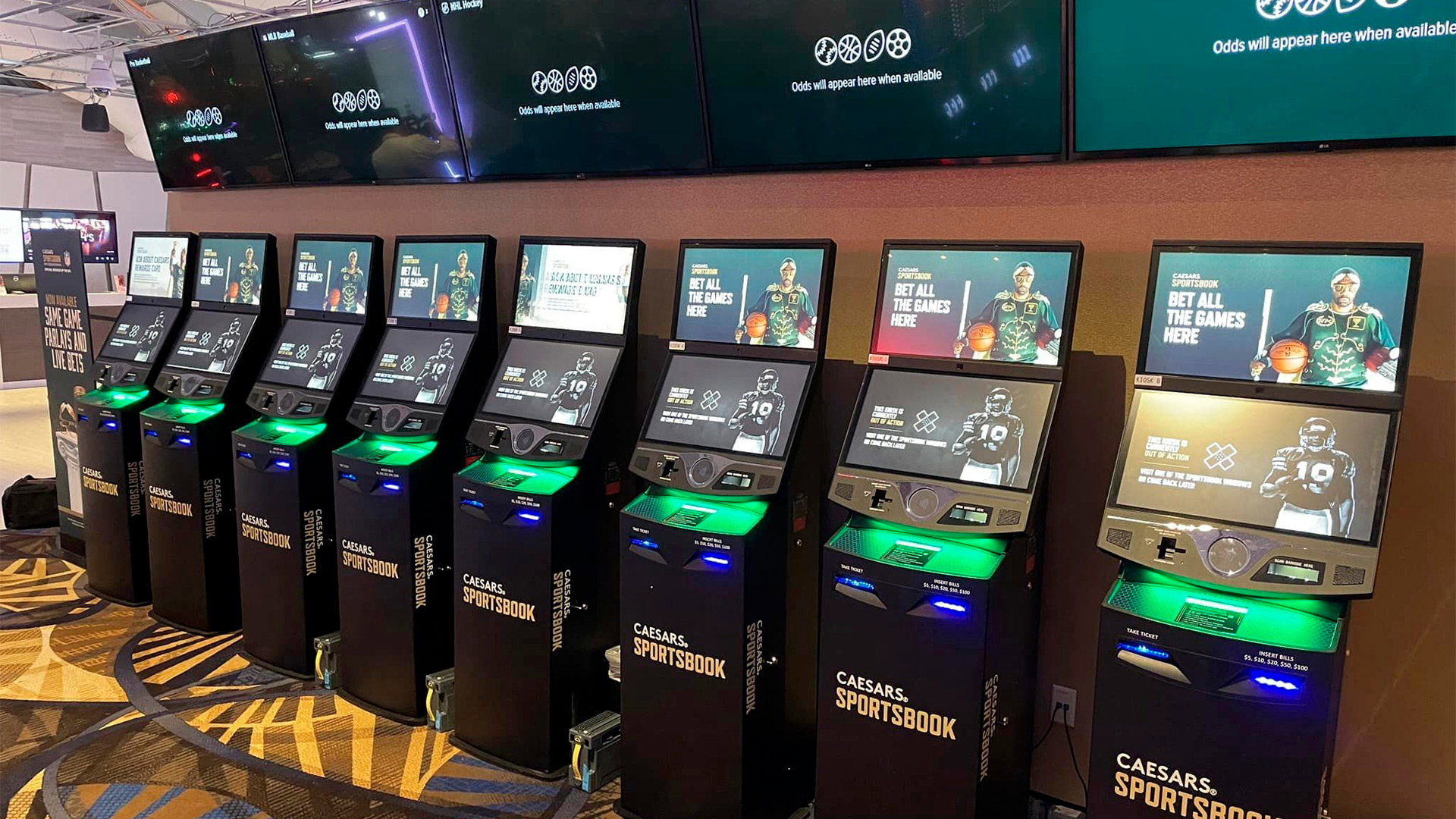As for slot games, players often find themselves captivated by the flashing lights, engaging themes, and the excitement of turning the reels. But beyond the sparkle and entertainment lies an critical concept that every gamer should be aware of: RTP, or RTP. This vital metric is essential in influencing how much of your wagered money will return to you over time, influencing your gaming experience and strategy as you play.
RTP is typically represented in percentage terms and indicates the typical sum of money returned to players compared to the cumulative wagers. For instance, if a slot game has an RTP of 95%, it means that, on average, players can expect to get back 95 dollars for each $100 wagered. Understanding this concept can assist players in making educated decisions when selecting slots to enjoy, ultimately enhancing their gaming experience at the casino.
What is RTP?
The Return to Player concept, often called RTP, refers to a crucial factor in the realm of slot machine games. It denotes the proportion of total bets that a slot machine is designed to pay back to players through its operation. For example, if a slot has an RTP of 95 percent, this means that, hypothetically, players should anticipate to receive back ninety-five dollars for each $100 bet in the long run. Knowing RTP aids players evaluate the likely profitability of the various slots available.
RTP isn’t a guarantee of individual wins but rather an average computed over many spins. Players’ experience can vary significantly as a result of the luck inherent in slot machines. A greater RTP indicates superior odds for the player, which makes it an essential factor to consider while choosing which slots to play. 78WIN Still, even with a high RTP, there can be stretches in which players face losses, since luck plays a significant role.
It is also worth noting that the slots available have different RTP percentages. Some machines may have a lower RTP because of a considerable enjoyment or special features, while others hold a elevated percentage to draw in more conservative players. Understanding RTP empowers players to take informed decisions about their play strategies and oversee their funds wisely while relishing the thrill of casino slot games.
How Return to Player is Determined
The RTP, or Return to Player, represents a vital metric within the realm pertaining to casino slots games. This indicates the percentage from total wagered funds which a gaming device is expected to pay back to gamblers in the long run. Comprehending the method by which this measurement is calculated demands understanding into both the game’s design and its reward system. This RTP is calculated through complex algorithms as well as data evaluation executed during the game development process. Slot developers take into account various elements, which include the frequency of winning outcomes as well as the amount of returns for every outcome.
In order to calculate RTP, developers model a vast number in terms of rotations of the game. Such simulations aid determine the average amount that on average, a gambler is likely to earn according to their bets. For instance, if a slot game boasts an average return of 95 percent, this means that, in theory, among every $100 dollars wagered, gamblers should anticipate get ninety-five dollars in return over time. https://78win.tv/ That figure doesn’t represent the amount a player will win during a one session and over a couple of plays; rather, it reflects long-term return projections.
The values of RTP are generally released by the casino and game creator. Players must consistently look for such data when choosing a casino slots, as it has the potential to affect their gaming experience. A greater RTP usually means a higher chance to recoup a segment of wagered money, even though individual sessions may differ considerably. Grasping RTP enables gamblers make informed decisions and improve their overall experience within the world of casino slots.
Significance of RTP in Casino Games
Comprehending the Return to Player or Return to Player is crucial for any gamer involved in casino slots games. RTP is the proportion of total bets that a game is designed to pay back to players over time. A higher RTP indicates that players can anticipate receiving a bigger share of their wagers back, making it an valuable factor for those attempting to maximize their play experience. Knowing this figure helps players make informed decisions about which slots to play, as it can greatly affect their potential winnings.
Moreover, Return to Player has a crucial role in the overall fairness and transparency of slot games. Gamers are often drawn to games with greater return rates because they provide a better opportunity of success over the long term. Casinos and software creators use Return to Player as a marketing tool to draw in gamers, guaranteeing they maintain a lead in the thriving gaming industry. By being aware of RTP, players can select slots that align with their comfort level and objectives.

Ultimately, the concept of RTP promotes safe gaming practices. By understanding that not all slots will provide immediate returns and that Return to Player is based on long-term play, gamers can manage their expectations and gambling behavior effectively. This understanding enhances the enjoyment of slot games while fostering a more sustainable gaming environment. Gamers who grasp the significance of Return to Player are likely to have a more satisfying experience and reduce the chances of problematic gambling behavior.